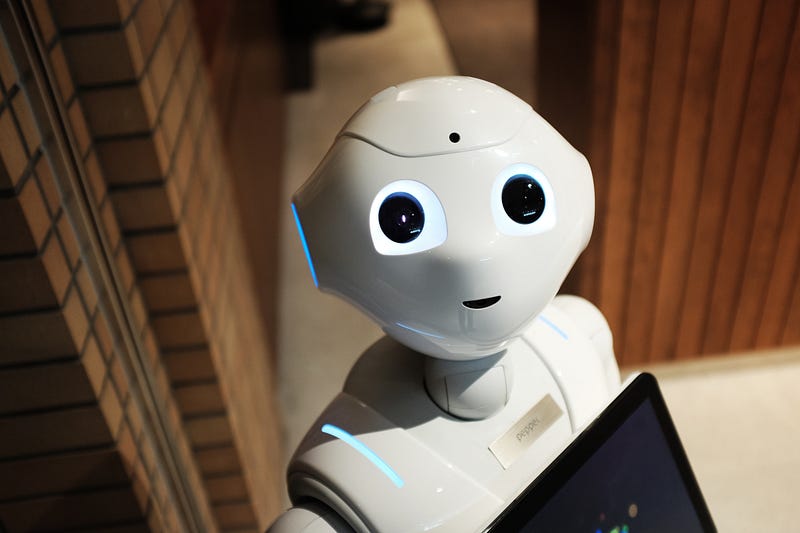"Striking the Right Balance: Navigating the Relationship between Employees and Artificial Intelligence in the Workplace"
“Striking the Right Balance: Navigating the Relationship between Employees and Artificial Intelligence in the Workplace”

As technology continues to advance, artificial intelligence (AI) is increasingly being used in the workplace to automate tasks, increase efficiency, and improve productivity. However, there is a growing concern about the potential impact of AI on human jobs and the balance between employees and AI in the workplace.
On one hand, AI can offer significant benefits to businesses and employees alike. By automating repetitive and mundane tasks, AI can free up time and resources for employees to focus on more strategic and creative work. Additionally, AI can help identify patterns and insights that humans may not be able to detect, leading to better decision-making and more accurate predictions.
However, there are also concerns about the potential negative impact of AI on human jobs. As AI becomes more advanced, there is a risk that it may replace certain roles and tasks, leading to job losses and unemployment. This can also create a skills gap, where workers are no longer equipped with the skills and knowledge needed for the changing job market.
To address these concerns, it is important to find a balance between employees and AI in the workplace. This can be achieved through upskilling and reskilling programs, which can help employees acquire the skills needed for the changing job market. Additionally, businesses can use AI to augment human capabilities, rather than replace them. By using AI to automate repetitive and mundane tasks, employees can focus on higher-value work that requires human creativity and decision-making.
Another key factor in finding a balance between employees and AI is the ethical and responsible use of AI. This includes ensuring that AI is used in a transparent and accountable manner, and that it does not perpetuate biases or discrimination. Additionally, businesses must consider the impact of AI on the wellbeing and mental health of their employees, and take steps to mitigate any negative effects.
In conclusion, finding a balance between employees and AI is crucial for the future of work. While AI can offer significant benefits to businesses and employees, it is important to ensure that it is used responsibly and in a way that complements human capabilities. By investing in upskilling and reskilling programs, and using AI to augment human creativity and decision-making, businesses can create a workplace that is both efficient and human-centric.

Comments
Post a Comment